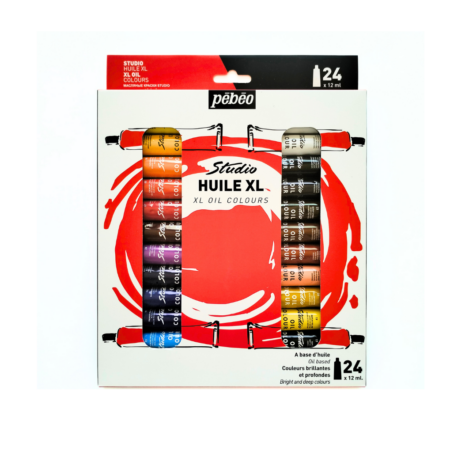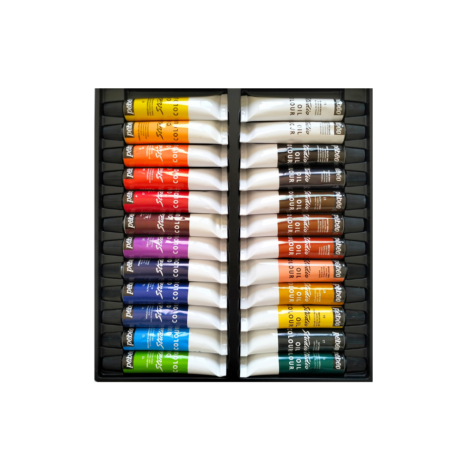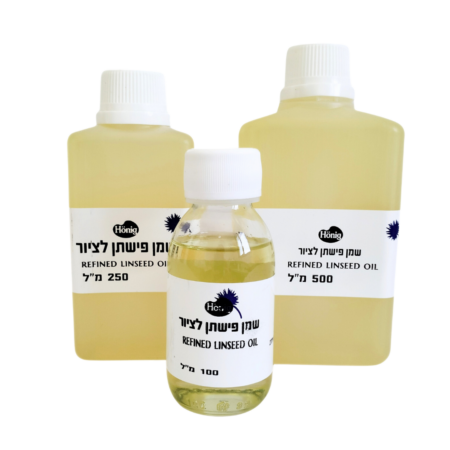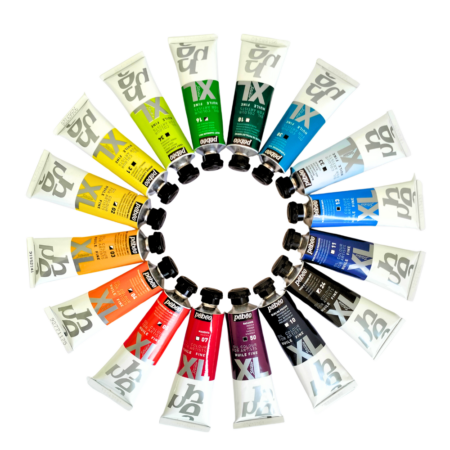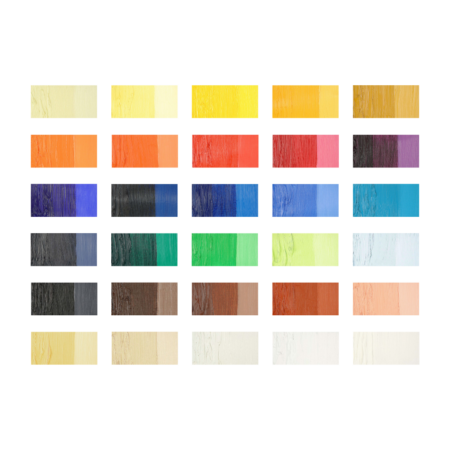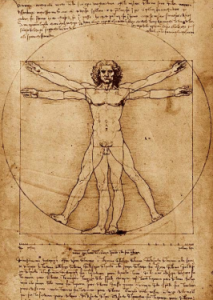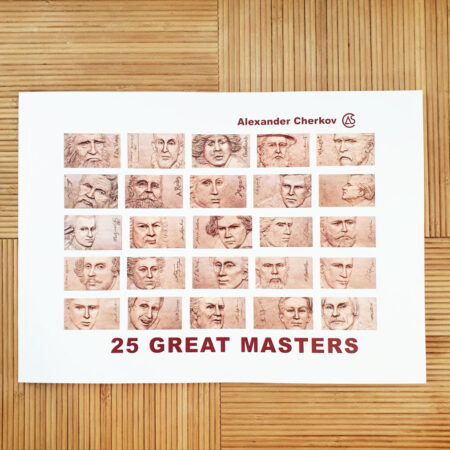Oil painting has been common in art for centuries and most of the masterpieces in painting have been painted in oil. Oil paintings probably began in northern Europe during the Renaissance in the 15th century and over time spread throughout the world. Oil paints are an old and interesting medium for painting with unique features that are important to know, especially if you are just starting out in oil paint.
Facts and properties of oil paints
- Oil paints are pigments mixed in drying oils such as linseed oil, poppy and more. The pigment is mixed together with the oil until a uniform paste is formed. The type of oil affects the shade of the paint and its drying time.
- Until the middle of the 19th century it was not possible to obtain ready-to-use oil paints for friction. The painter's studio was similar to a laboratory and the artists had to grind the pigments themselves, mix them with oil and invent precise formulas to create their own oil paints.
- Today there is a large selection of ready-made oil paints that come in metal or plastic tubes. Oil paints are divided into different series according to the quality level. The quality level is determined by the uniformity of the hue over time.
- Oil paints are more expensive compared to other types of paints. At the same time they are very concentrated and durable for many years unlike other colors.
- During painting with oil paints, special mediums are used to dilute the concentrated paint and extend the drying time. It takes a few weeks for oil paint to dry. This feature gives oil paints an advantage over other paints and allows great flexibility in painting.
Some of the famous works in oil paints

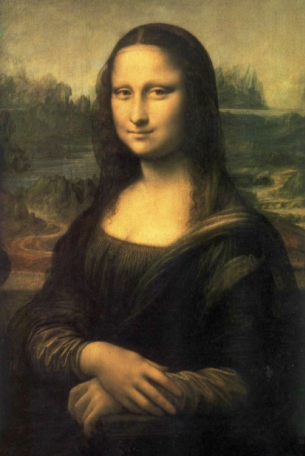

Emotional dimension and personal expression that allow the colors of the oil
Oil paints allow a sense of release through rapid painting of large surfaces in long movements. Feelings of anger can be processed, as well as released trapped internal energy, through splashing paint through intermediates, spraying directly from the paint container, drumming, and spreading paint on large surfaces.
Due to a lack of skill in working with oil paints and its properties, such as the fluidity of the paint on top of the painting, there may be other uncontrolled and planned situations. This can create a variety of emotions in the creator, between negative emotions (anxiety, lack of control and discomfort) and positive emotions (joy for new discoveries, curiosity and power). The variety of emotion expressions when working with oil paints improves the ability to be flexible.
When working with wet materials, including oil paints, there are repeated actions, such as dipping the brush in turpentine and oil, taking a paintbrush and wiping with a cloth. This kind of ritual is for the creator an anchor for finding an inner rhythm, as well as a framework that gives self-confidence, organization, order and setting boundaries, and thus for deeper emotional work.
Through the transitions between the work on the small details and the reference to the whole of the work, the perception of the proportions of the observation of life expands. This mode of operation develops the synchronous activity between Right brain lobe to left brain lobe.
Oil painting - equipment and related materials
- Linseed oil - used to dilute and lighten the oil colors, allows changing the color shades, creating transparency and blurring the marks of the brushstrokes. Linseed oil increases shine, extends the drying time of the paint and strengthens the durability of a dry layer. (As we see nowadays hundreds of thousands of paintings that have existed for hundreds of years).
- Odorless turpentine - Used to dilute oil paints and make them less greasy. In addition, it is used to clean brushes after painting with oil paints and easily removes oil paint stains from clothes and the work area. Flammable liquid for external use only.
- Painting bedding - Canvas is the most common substrate for oil paints. It can be obtained taut on a wooden frame or as a drawing pad. You can use another material like wood or cardboard and coat gesso paste.
- Yes drawing - Depending on your preferred way of working; A table drawing for sitting or a standing painting for standing.
- Color mediators - The size of the brush chosen (or a drawing knife and others) depends on the size of the substrate and the painted image. It is recommended to use quality brushes with natural hair and high color grip, in which the brush hair is not torn during painting, as the torn fibers can not be removed from dry paint.
- Color palette - You can use a wooden pallet, plastic, porcelain, a disposable plate and even parchment paper.
- Pete pencils - To make a drawing before painting, it is recommended to use a soft oil-based pastel pencil in shades of brown.
- Jesso ointment - This material is used to cover the painting substrate, usually used canvas, for reuse.
In addition, you must be equipped withGlass jar For pouring linseed oil and turpentine and dipping the brush, Fiber-free cloth Or absorbent paper for wiping the brushes and absorbing excess liquid paint from the painting substrate.
How to use and the process of working with oil paints
Working with oil paints is done in layers, with the paint drying between layers. The colors come in different degrees of transparency, from completely opaque to transparent. The colors must be taken out of the tube onto the palette and create new shades by mixing with a brush or a painting knife. Gloss, matte and transparency effects are achieved by using thinners, where turpentine will tend the paint towards the matte side while linseed oil will give a shiny and transparent look.
There are three options for working in the first layer of oil painting:
- You can cover the entire painting surface with linseed oil mixed with the chosen color. For example, linseed oil and blue oil paint for the first layer of the sky. Let the first layer dry and for the following layers use only turpentine to dilute the oil colors. If you used linseed oil again in a later layer, shiny parts will be created in these areas.
- Another option is to paint directly with oil paints mixed with flaxseed oil in continuous work until the end of the painting. Suitable for exercises in oil painting, for example painting in front of a nude model
- A third option is to dilute oil paints with linseed oil with turpentine, in a ratio of 1:1, if you want to create an effect of the color similar to a watercolor painting.
In the transition from paint to paint, dip the brush in a jar and wipe with a cloth or absorbent paper. You should be equipped with drawing knives and brushes of different types and sizes in order to paint with different techniques and achieve accuracy in the line, color ratings and desired textures. At the end of the work on the painting, brushes can be cleaned by dipping in turpentine and wiping with a cloth, it is also possible to wash with water and dish soap, but it is important to make sure that no soap remains. The brushes should be stored with the head facing up so as not to ruin the shape.
Since oil drying time is long, you can continue to paint one painting for weeks and even years (Da Vinci painted the Mona Lisa for about 5 years!).
After finishing the painting in oil colors and drying for a month, the painting can be varnished for a uniform look and shine, as well as protection against moisture and the elements.
Tips for beginners in oil painting »


